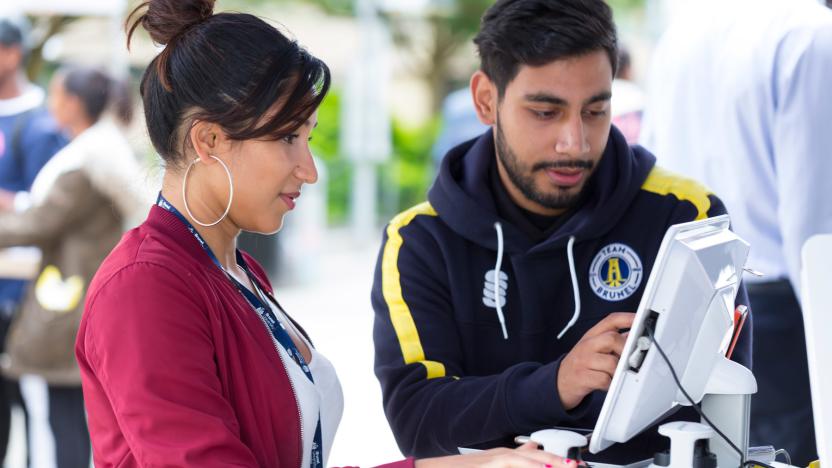FingerVeinAuthentication
Latest

London Costcutter trials finger-vein readers for faster payments
The humble Costcutter supermarket at Brunel University in London has recently become home to a biometric payment system that allows customers to check out with a tap of their finger. The store's owner has begun trialling Sthaler's Fingopay system, which authenticates people by looking at the 3D pattern of veins beneath their fingertip -- one of the most unique identifiers around -- rather than their fingerprint.

Sony's FVA-U1 reads veins, coming to Japan this month
Sony has finally delivered on its Mofiria promise with what it claims is the world's smallest and lightest finger vein reader. That assertion may be challenged by Hitachi, whose 3mm-thick scanner promises to be even smaller, but the critical difference here is that the FVA-U1 is about to go on sale in Japan come December 18, whereas Hitachi's hardware is nowhere to be found. The Sony scanner weighs a measly 33 grams, hooks up via USB, and adds an extra layer of biometric protection for your most precious data. Whether carrying around an extra dongle just to protect some Excel spreadsheets and your Outlook account is worth it, we leave up to you.

Hitachi shows off finger-controlled steering wheel
Rest assured, there are plenty of steering wheels on the road right now that happily accept finger commands, but Hitachi's latest invention takes things one step further. The so-called finger vein authentication system can apparently be customized for a certain driver so that simple presses can adjust one's seat, load up a given playlist, tweak the equalizer, crank the AC or start up the engine. Moreover, such a system provides an additional layer of security against theft or unwanted drive-offs (think mischievous children). Reportedly, Hitachi is still unsure if / when this will actually hit vehicles on showroom floors, but a ballpark figure of "three to four years" was thrown out there for good measure.[Via AFP / Yahoo]

